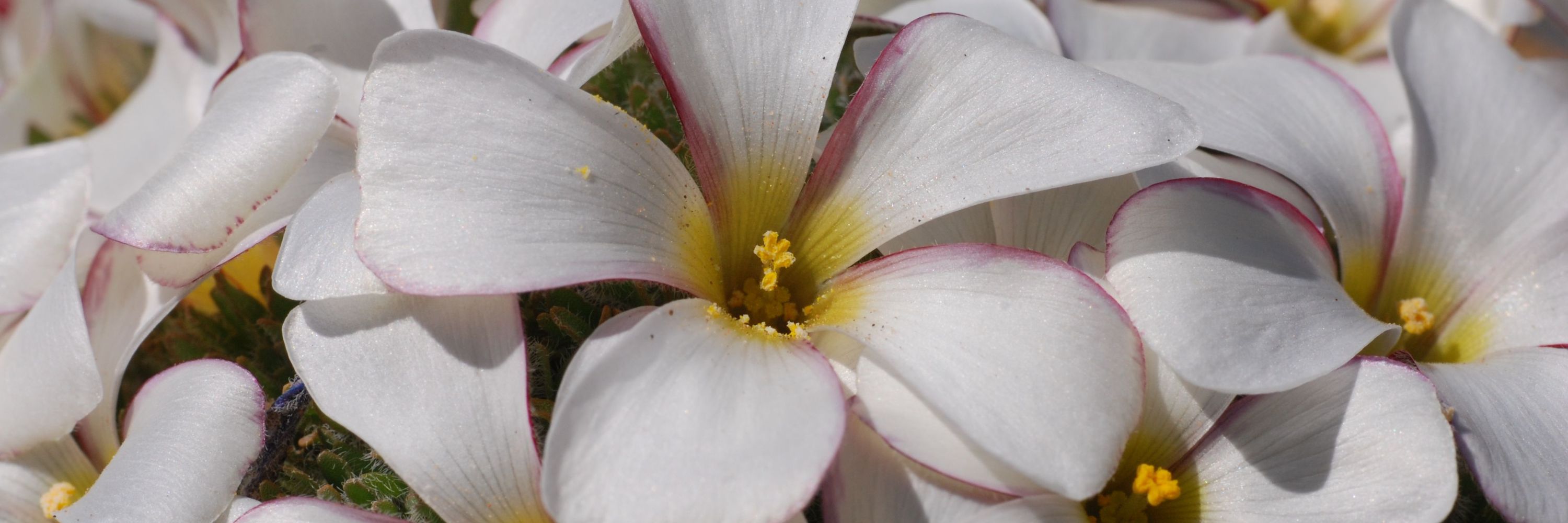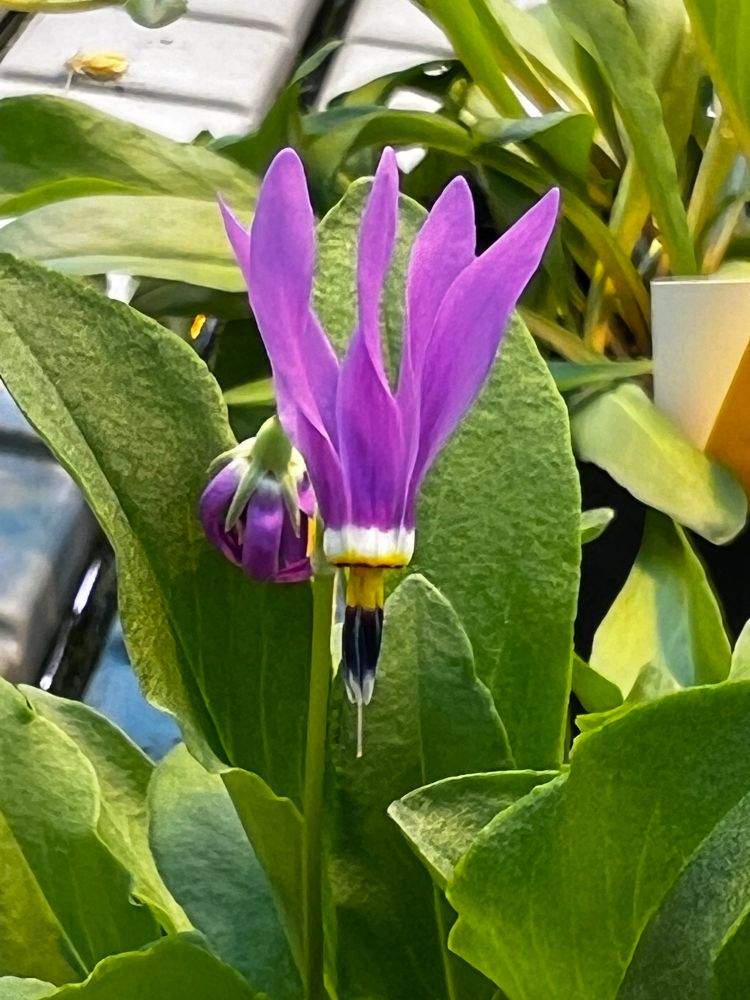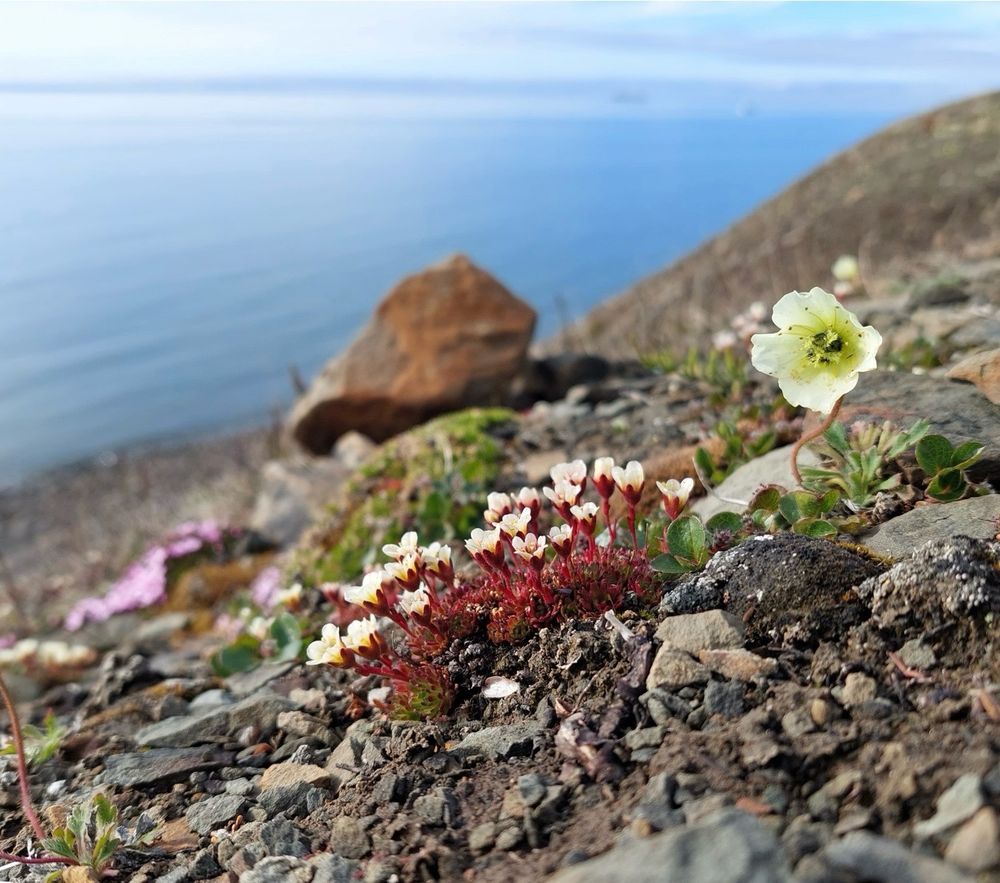
I promote true open access in science: https://laenciclopediadelparamo.com/en/



link.springer.com/article/10.1...

link.springer.com/article/10.1...
academic.oup.com/aob/advance-...








New #AJB research by Valeria Vargas-Martínez & Adriana Sanchez
bsapubs.onlinelibrary.wiley.com/doi/10.1002/... #botany #plantscience #ecology #paramo

New #AJB research by Valeria Vargas-Martínez & Adriana Sanchez
bsapubs.onlinelibrary.wiley.com/doi/10.1002/... #botany #plantscience #ecology #paramo
Please reach out if you want to chat - I'd love to talk to you about it!
jobs.univie.ac.at/job/Universi...
Please reach out if you want to chat - I'd love to talk to you about it!
jobs.univie.ac.at/job/Universi...
academic.oup.com/jxb/advance-...

academic.oup.com/jxb/advance-...

Key take-homes🧵
1. In contrast to earlier hypotheses that pollinators can help new polyploids establish, we suggest that pollinators mainly prevent polyploid establishment because outcrossing increases the strength of minority cytotype exclusion.

Key take-homes🧵
1. In contrast to earlier hypotheses that pollinators can help new polyploids establish, we suggest that pollinators mainly prevent polyploid establishment because outcrossing increases the strength of minority cytotype exclusion.
colognespringmeeting.uni-koeln.de

colognespringmeeting.uni-koeln.de
journals.plos.org/plosgenetics...

journals.plos.org/plosgenetics...
nph.onlinelibrary.wiley.com/doi/full/10....

nph.onlinelibrary.wiley.com/doi/full/10....

